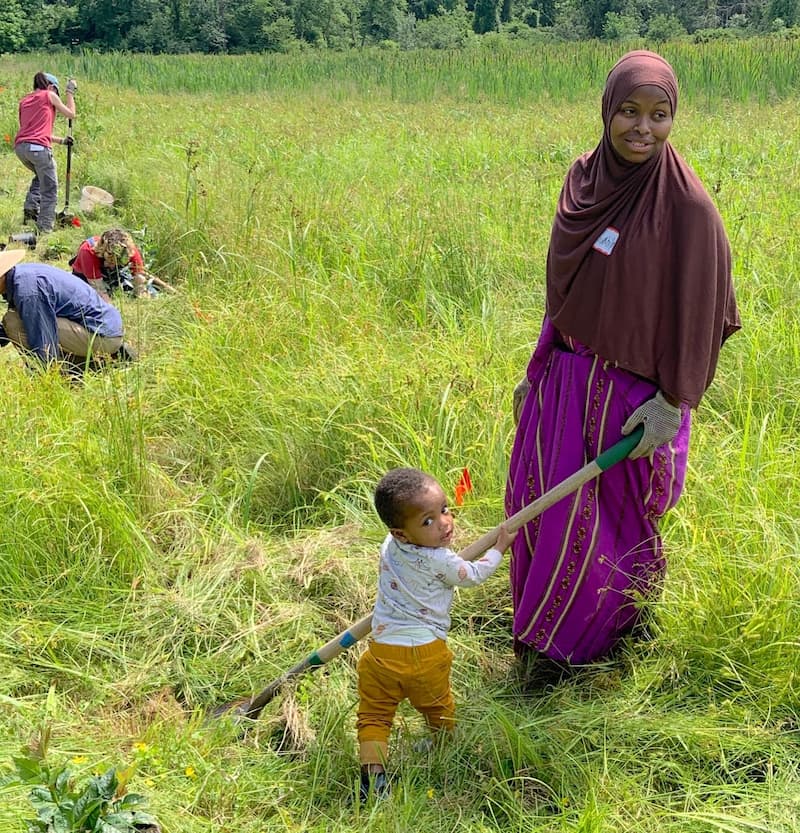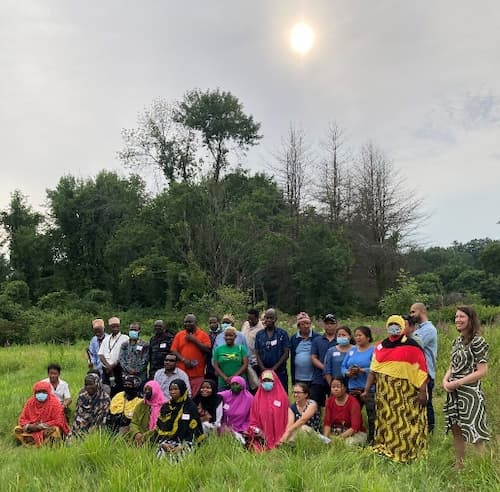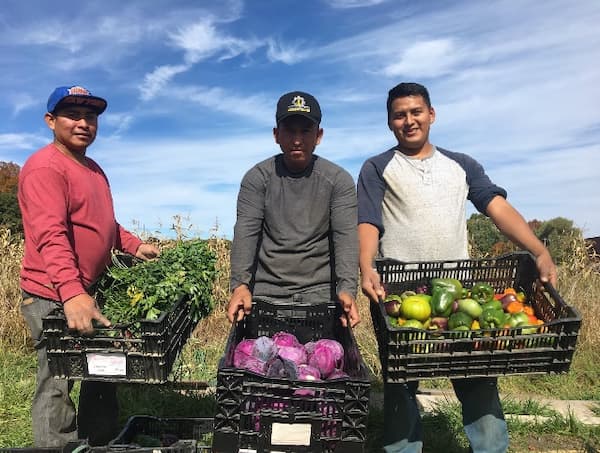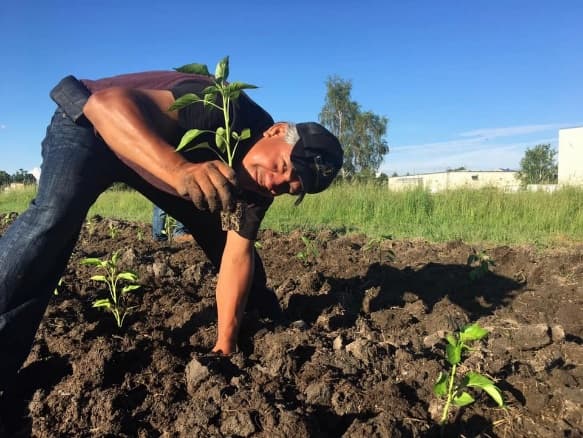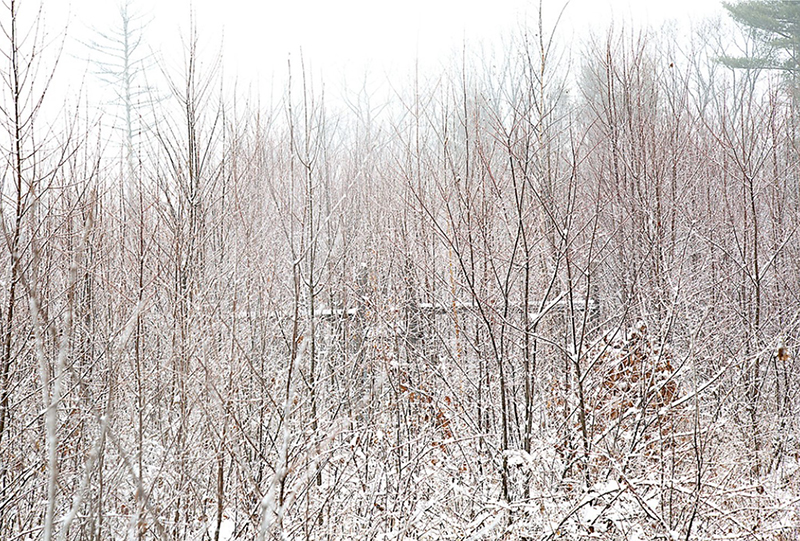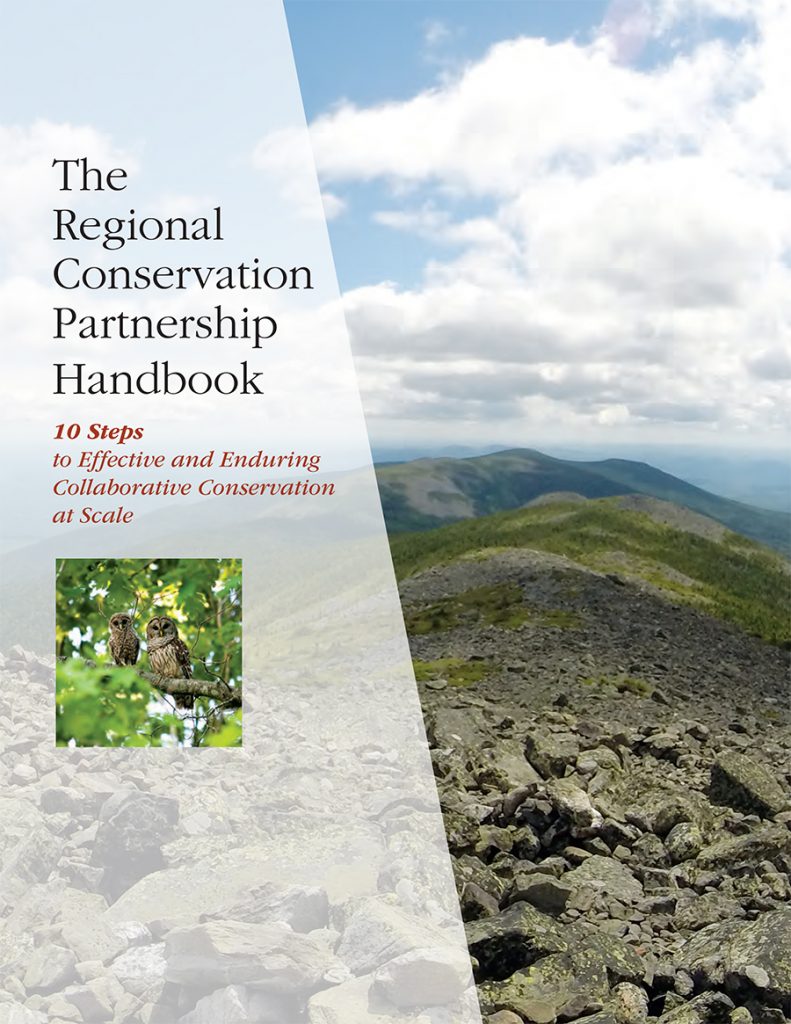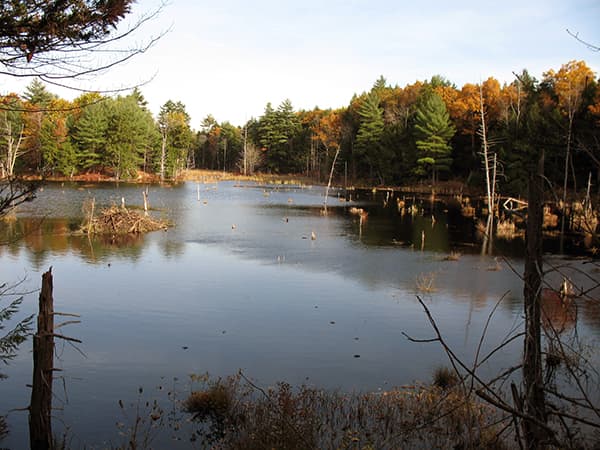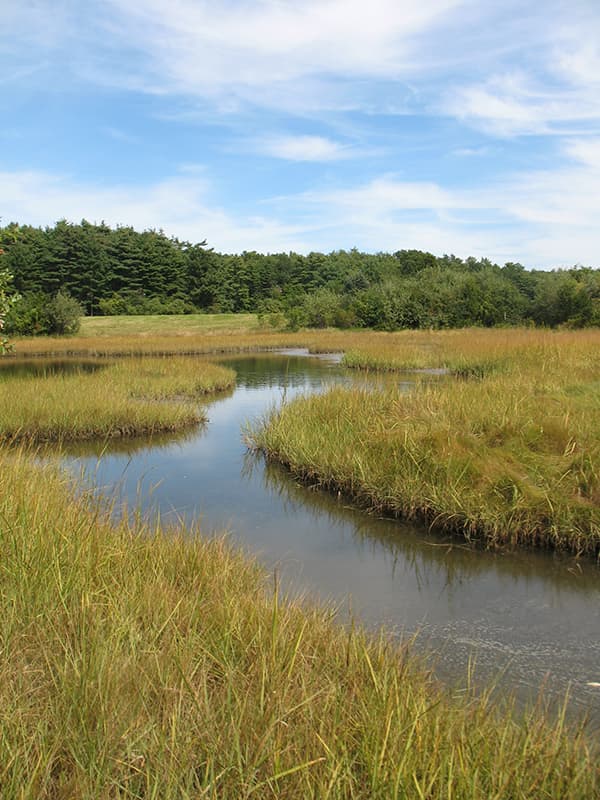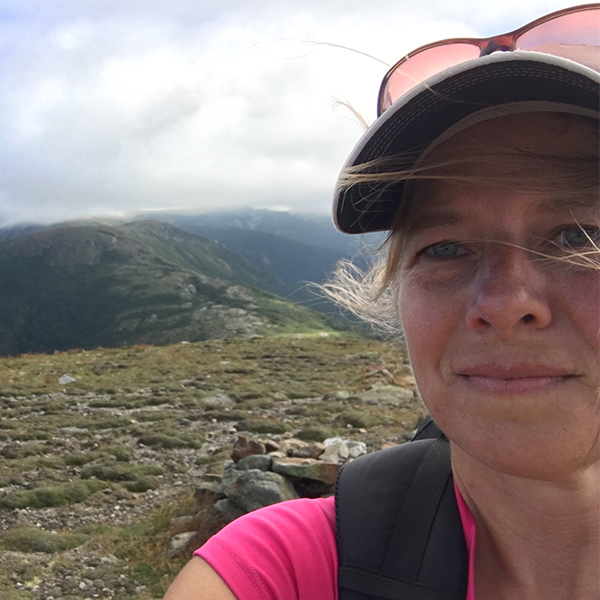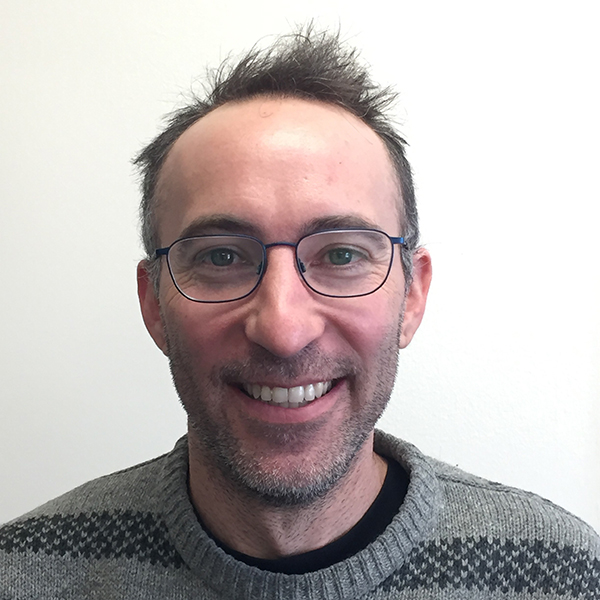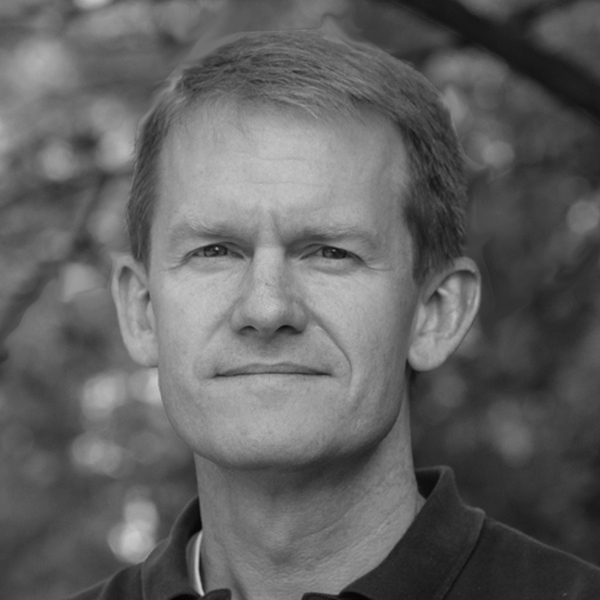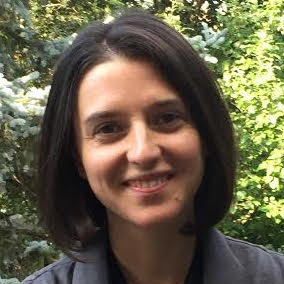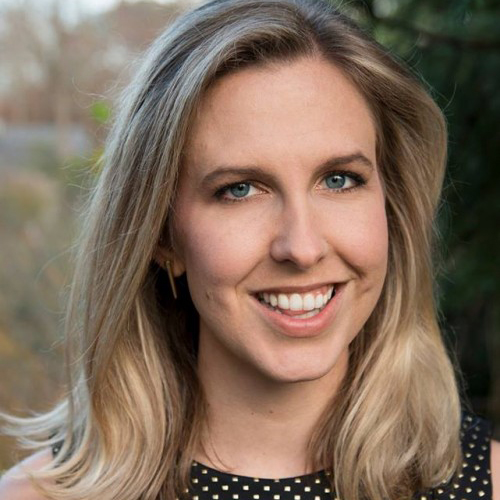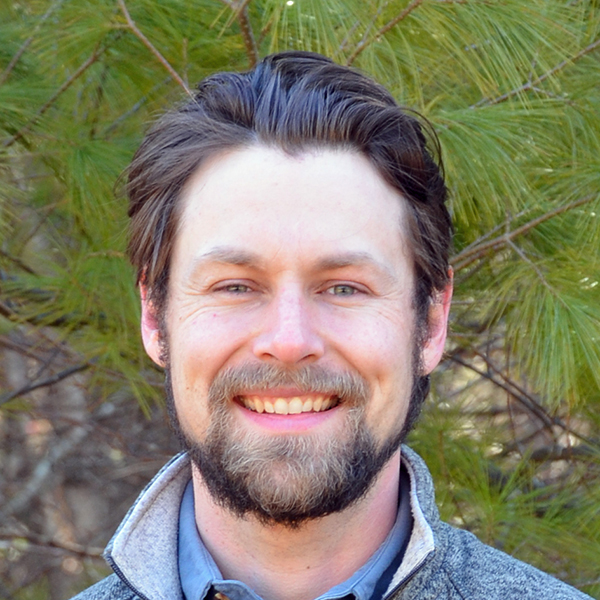In New York’s Hudson Valley, five affordable housing nonprofits and five land conservation trusts are collaborating to increase access to affordable housing and conserve land. While these two sectors may appear to have conflicting goals, the co-leaders of the effort are working to build trust, identify their shared values, map areas with the greatest chance for cross-sector collaboration, and develop policy recommendations.
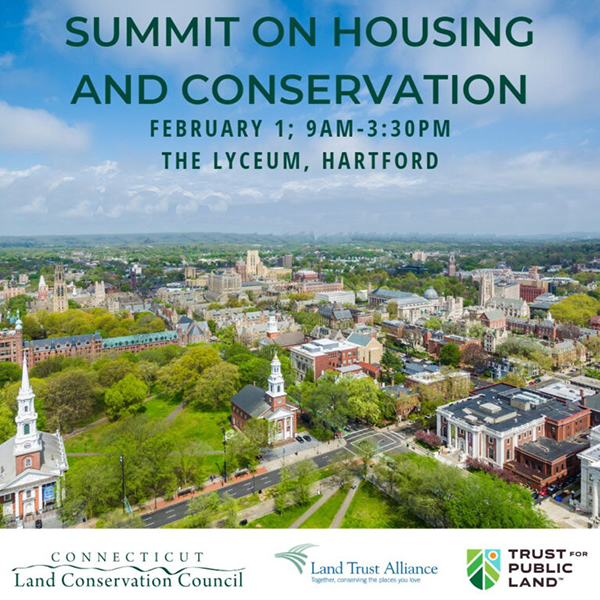
At a Connecticut Land Conservation Council summit on affordable housing and land conservation in February, keynote speakers Rebecca Gillman Crimmins and Steve Rosenberg, co-conveners of the Hudson Valley Affordable Housing and Conservation Strategy, shared how the groups participating in the effort are developing a regional collaborative approach to advance shared goals.
Affordable housing shortages are increasingly acute, Crimmins said. Wages are not keeping up with the rising cost of housing. Many low-wage earners can’t live and work remotely, so access to public transportation and jobs is essential. In New York, all newly built, state-funded affordable housing has to meet net-zero electric standards by 2027. Sustainability is a shared value of the two sectors, and healthy communities need access to open space, fresh food, and affordable housing to thrive.
Land trusts and affordable housing organizations can work together to identify the best places where both goals can be achieved in harmony.
The goal is to figure out ways to work together instead of housing and the environment being pitted against one another, as is commonplace, the presenters said.
The collaboration between the land conservation community and affordable housing advocates is in its infancy. These two sectors can learn about each other, reduce conflicts, and advance land justice to help people from marginalized communities attain housing that is safe, affordable, and accessible to open space and nature.
These common values provide Regional Conservation Partnerships and other conservation groups an opportunity to bring people from these and other sectors together to identify their shared priorities. RCPs could support regional planning agencies and councils of government in their efforts to help residents and town officials identify, learn about, and dismantle policies that continue to marginalize Black, Indigenous, and People of Color and keep them from owning the housing of their choice and enjoying access to safe, welcoming, open space. RCPs could provide a forum for advocates from these two sectors to work with community members to increase understanding, build trust, and decrease tensions.
With funding from all 10 of the participating organizations, a variety of individuals and small foundations, and major support from The Nature Conservancy / New York, the Hudson Valley groups identified shared values. These include creating transit-oriented development; developing proposals between affordable housing organizations and conservation land trusts; and sharing knowledge to identify the best places to achieve both open space and affordable housing objectives.
The Consensus Building Institute facilitates monthly meetings to help foster relationships and trust, share information and expertise, and discuss what projects groups may be able to undertake together. Their shared purpose statement captures the values and goals that bind them to this work. Regional Plan Association is helping the groups identify geographic areas that may be well-suited to collaborative projects.
Desired outcomes of this initial phase include:
- Collaboration among stakeholders to advance projects in areas with the greatest potential for success;
- Generation of ideas for state and local policies that propose new approaches to program design, project funding, and permitting; and
- Fostering a mutually supportive environment for both interests to advance their shared goals with their boards, constituents, elected officials, and the public.
The ultimate goals include:
- Building appropriately scaled and designed, energy-efficient housing adjacent to village and hamlet centers, surrounded by conserved and accessible land;
- Redeveloping former industrial and commercial sites into a mix of housing, conservation land, and renewable energy;
- Redeveloping urban buildings with affordable housing, easy access to parks, jobs, and locally grown food.
Reaching these goals means overcoming challenges, including getting decision-makers, staff, and volunteers from both affordable housing and conservation groups involved. Tensions over the process and outcomes will arise.
Rosenberg and Crimmins recommendation to land trusts: Jump right in. Build relationships with affordable housing and other allied groups, look for opportunities to collaborate, and don’t be afraid to make mistakes.
